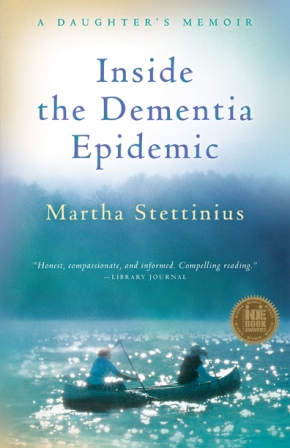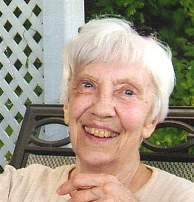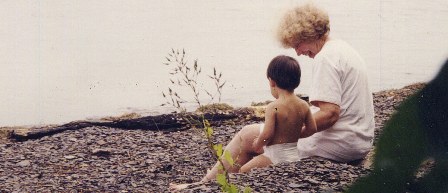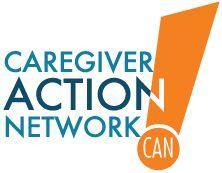A Video Chat about Dementia and Caregiving
 Monday, July 22, 2013 at 07:37PM
Monday, July 22, 2013 at 07:37PM  Gary Joseph LeBlanc of "Commonsense Caregiving"If you've never watched Gary Joseph LeBlanc's video chat about dementia caregiving, "Commonsense Caregiving," I recommend checking it out. Gary is a columnist, author, book dealer, and founder of the Alzheimer's/Dementia Hospitalization Wristband Project who took care of his father for 10 years in his home. I just finished reading one of his books of advice for caregivers, "Staying Afloat in a Sea of Forgetfulness," and thought it was spot-on. In his video chats, Gary brings together people who are living with dementia, and dementia caregivers, to discuss the special challenges we face.
Gary Joseph LeBlanc of "Commonsense Caregiving"If you've never watched Gary Joseph LeBlanc's video chat about dementia caregiving, "Commonsense Caregiving," I recommend checking it out. Gary is a columnist, author, book dealer, and founder of the Alzheimer's/Dementia Hospitalization Wristband Project who took care of his father for 10 years in his home. I just finished reading one of his books of advice for caregivers, "Staying Afloat in a Sea of Forgetfulness," and thought it was spot-on. In his video chats, Gary brings together people who are living with dementia, and dementia caregivers, to discuss the special challenges we face.
 Harry UrbanYesterday I had the pleasure of joining Gary for my very first video chat. (I gotta say, as an aside, that video chats are fun but not very flattering, physically--the choppy image makes me look like I'm half asleep or under the influence--ack. I have to learn to sit still in front of the camera!). Anyway, Gary and I talked with Harry Urban (left, a man with Alzheimer's who started the Forget Me Not Facebook group), and Michael Ellenbogen (below, a man with young-onset Alzheimer's, a dementia activist, and an author). We
Harry UrbanYesterday I had the pleasure of joining Gary for my very first video chat. (I gotta say, as an aside, that video chats are fun but not very flattering, physically--the choppy image makes me look like I'm half asleep or under the influence--ack. I have to learn to sit still in front of the camera!). Anyway, Gary and I talked with Harry Urban (left, a man with Alzheimer's who started the Forget Me Not Facebook group), and Michael Ellenbogen (below, a man with young-onset Alzheimer's, a dementia activist, and an author). We  Michael Ellenbogenchatted about all kinds of things dementia-related:
Michael Ellenbogenchatted about all kinds of things dementia-related:
- What it was like for my young children when my mother lived with us in the early stages of dementia, and what I hope my children have learned about caregiving;
- how to encourage a person with early-stage dementia to accept help if they really need it but they insist that they are fine;
- driving and dementia;
- Memory Cafes and support groups for people with early-stage dementia;
- the importance of caregivers going to a support group such as one through your county’s Office for the Aging;
- free support for caregivers available through the Caregiver Action Network;
- and more.
I enjoyed talking with these guys, and hope that you enjoy listening to the chat: https://vimeo.com/70727301

























